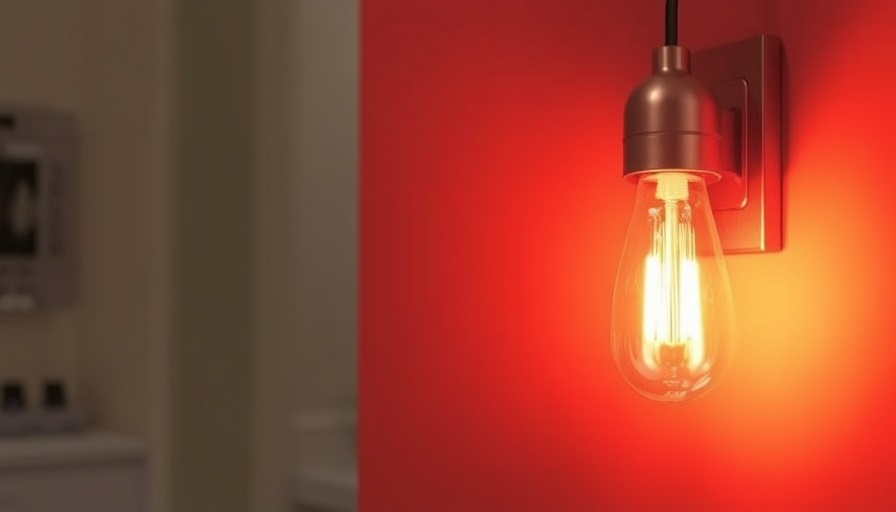
Understanding Home Fire Risks: A Fundamental Step
Fire safety begins with an awareness of potential hazards in your home. Common fire risks include electrical malfunctions, cooking incidents, and the improper use of heating devices. In areas like London, where urban living often intertwines with older building infrastructure, these risks can become amplified. Understanding these vulnerabilities is essential for developing effective prevention strategies.
The Critical Role of Fire Safety Systems
Having a functional smoke detector is crucial, but it is just the beginning. Homeowners should consider installing fire alarms that meet codes and investing in carbon monoxide detectors, as gas appliances can introduce additional risks. Regular testing and maintenance of these systems ensure their effectiveness, potentially saving lives and reducing property damage.
Designing for Safety: Choosing The Right Materials
The choice of construction materials can significantly affect a home's fire resilience. Utilizing fire-resistant materials—such as fiber-cement siding, stone, and brick—can slow the spread of fire and offer greater protection. Incorporating non-combustible roofing and using flame-retardant treated wood for elements like decks can enhance safety while maintaining aesthetic appeal.
Creating an Effective Escape Plan
In the event of a fire, having a well-thought-out escape plan is paramount. Homeowners should develop and practice an escape route that accounts for the specific layout of their residence. Ensuring that all household members are familiar with the plan reduces panic during emergencies and increases the chances of a safe escape.
Emphasizing Community Preparedness
Home fire safety extends beyond personal responsibility; communities must work together to create a culture of preparedness. Neighborhood watch programs can be instrumental in sharing resources and knowledge, while fire safety workshops help educate residents on prevention tactics and emergency responses.
Future Trends in Fire Safety and Housing
As sustainable building practices evolve, so too do fire safety standards. Innovations in fire-proof technologies, such as intumescent coatings and advanced fire-resistant cladding materials, are paving the way for safer homes. Homeowners in London can anticipate increased availability of these technologies as demand for eco-friendly and safety-focused building materials rises.
Conclusion: A Call to Action for Fire Safety
With the insights provided on home fire risks and safety measures, homeowners are encouraged to take proactive steps toward enhancing their home’s fire resistance. Consider consulting with local fire safety experts or participating in community workshops to deepen your understanding of how to safeguard your family effectively. Together, through informed decisions and collective action, we can create safer environments for all.
 Add Row
Add Row  Add
Add 




Write A Comment